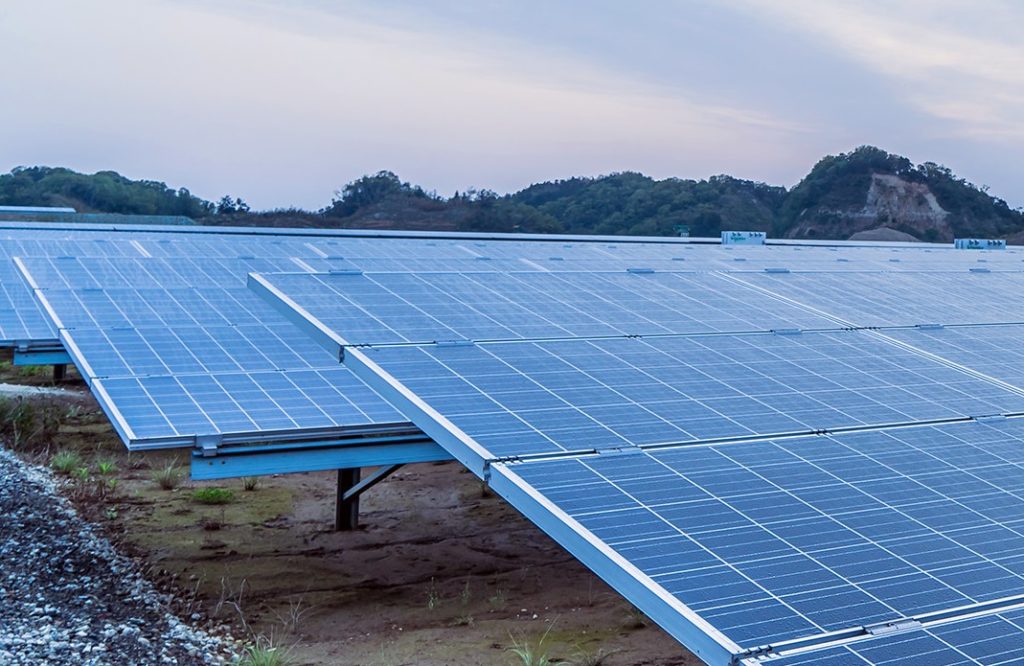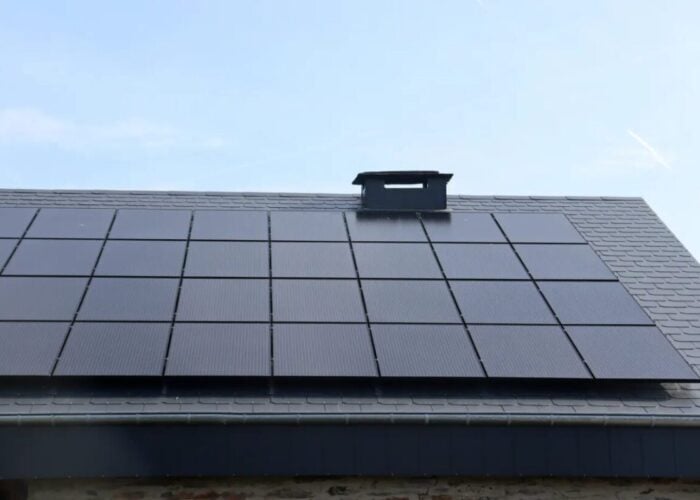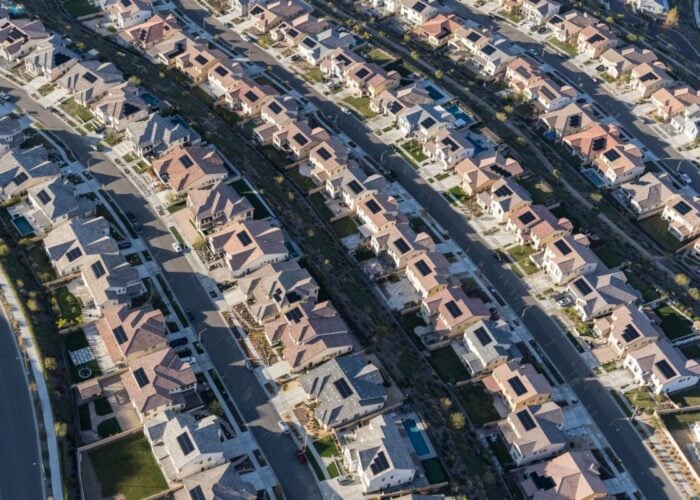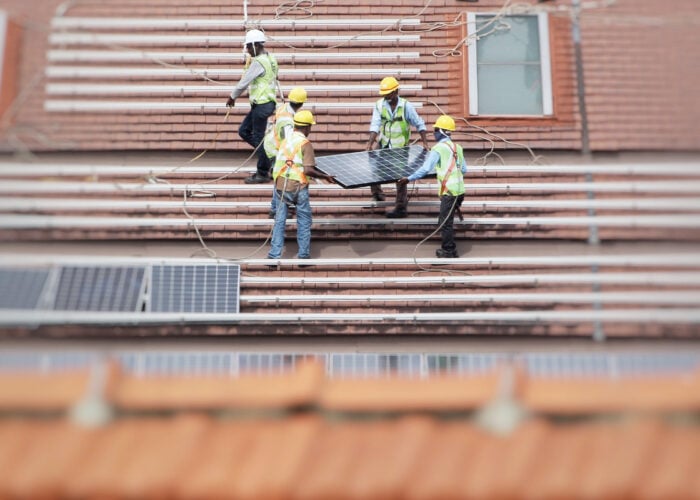
Japan is aiming to have 108GW of solar capacity by 2030, 1.7 times higher than the country’s previous target.
The new target was presented by the Japan’s environment and trade ministries and comes as it said it would reduce its emissions by 46% by 2030 compared with 2013 levels.
Try Premium for just $1
- Full premium access for the first month at only $1
- Converts to an annual rate after 30 days unless cancelled
- Cancel anytime during the trial period
Premium Benefits
- Expert industry analysis and interviews
- Digital access to PV Tech Power journal
- Exclusive event discounts
Or get the full Premium subscription right away
Or continue reading this article for free
According to the report, Japan aims to hit the target by installing solar panels on 50% of central government and municipality buildings, adding 6GW of capacity; boosting solar on corporate buildings and car parks, which will add 10GW; and adding 4GW in public land and promotion areas in 1,000 Japanese towns and cities.
The Japanese government plans to expand land availability for solar installations, while investing in technology that can facilitate the deployment of agricultural solar farms.
Although a world leader in solar capacity per square meter, Japan has limited land available for utility-scale solar and its earthquake proof buildings make it difficult to deploy solar technology on residential buildings.
Currently, 70% of Japan’s electricity is produced through coal and natural gas.






